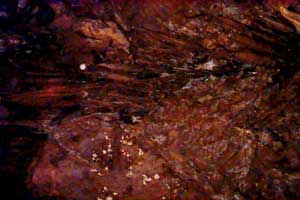When it’s summer on the surface, what season is it 3 meters underground? Do you think it’s also summer? Wrong! The seasons above ground and below ground are not the same as many people assume.
 |
|
(Image: booyaka) |
Soil is a poor conductor of heat. In St. Petersburg, water pipes buried 2 meters deep do not freeze even during the coldest days. Temperature changes on the surface are transmitted very slowly to the deeper layers, and this delay continues from one layer to another. Measurements in Petersburg indicate that at a depth of 3 meters, the hottest day of the year arrives 76 days later than on the surface, while the coldest day arrives 108 days later. This means that if the hottest day on the surface is July 15, then at 3 meters deep, the hottest day will not be until October 9. If the coldest day is January 15, then at 3 meters deep, the coldest day will not occur until May (which is the beginning of summer)! The deeper you go into the soil, the more pronounced the delay becomes.
As you go deeper into the earth, temperature changes not only occur slowly but also weaken, and at a certain depth, they cease entirely. In the basement of the Paris Observatory, at a depth of 28 meters, there is a thermometer that has remained unchanged since the mid-19th century, still reading +11.7 degrees Celsius after 150 years. Therefore, deep underground, there are no seasons at all. It is always one season.
Studying the changes in weather among soil layers is truly important. It helps us understand the ecological environment of larvae and other animals, as well as the growth of plants… Consequently, we can comprehend that, unlike leaf and stem cells that reproduce during the warm half of the year, root cells reproduce during the cooler half, and the newly formed root structures almost cease to function during the hot season.


















































